There are a number of apps that are included by default with Windows 10. Things like the Camera app, Windows Mail, and Microsoft Edge come to mind. What you might not realize is that even things like the Start Menu, File Explorer and other basic Windows features are technically "apps." When you have problems with a specific application, one of the simple things you can do to troubleshoot is reinstalling it. However, there's no obvious way to do that for the built-in Windows apps. This guide will cover exactly how you can reinstall the default Windows apps using PowerShell.
Cases where this would be useful would be things like your start menu not displaying properly, the Settings app crashing every time you open it, or the taskbar not working. Basically, if you're having a problem with one of the basic apps/features included with Windows 10, this is something that could potentially fix it.
The process is pretty much the same on both Windows 10 and 11, I have included images where any minor variations might be
Here is How to Reinstall Default Windows Apps with PowerShell:
1. We need to open PowerShell as an administrator. There are multiple ways you can do this. First, you can right click the Start button then click Windows PowerShell (admin). If the Start button isn't working, you can press the Windows key + X to bring up this same menu.
Windows 10
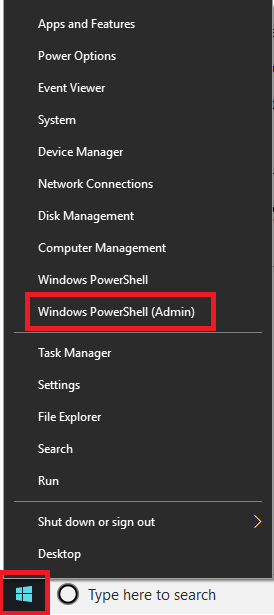
Windows 11
In windows 11 it will be called Terminal in this menu


If the search bar is working, you can type PowerShell into the search bar, then right click Windows PowerShell and select Run as administrator
Windows 10
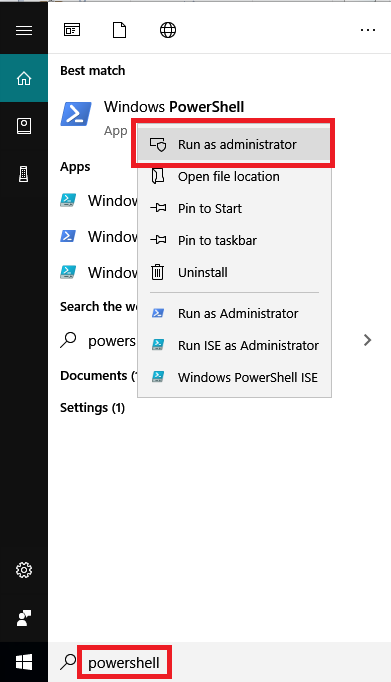
Windows 11
In Windows 11 after searching you can click run as administrator on the right

If neither the search bar nor start button is working, press Ctrl + Shift + Esc on your keyboard to open up Task Manager. Make sure you're in the detailed view, if not click More details on the bottom left. Once you do that, you need to click File on the top left then select Run new task.
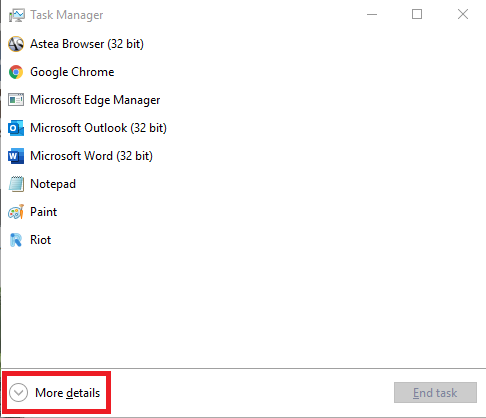
Windows 10
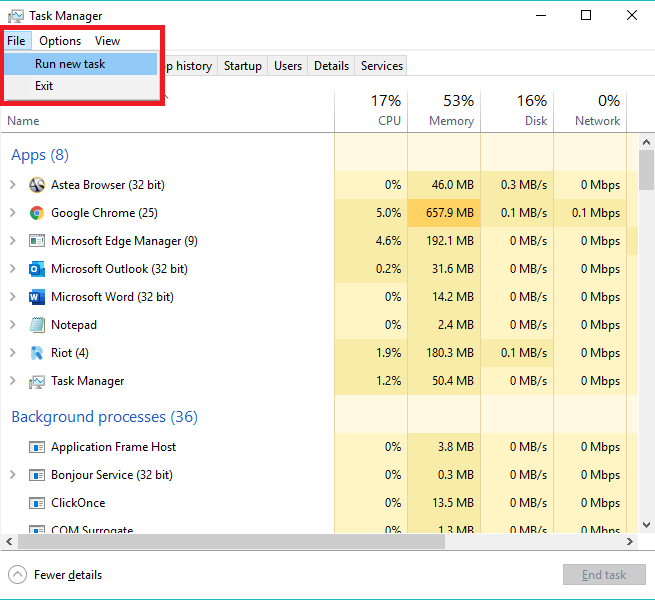
Windows 11
In Windows 11 run new task can be found at the top of the Task manager

A new window will display that you can use to run a program. Type PowerShell, then make sure you check the box that says "Create this task with administrative privileges" to open it as an administrator, then click OK.
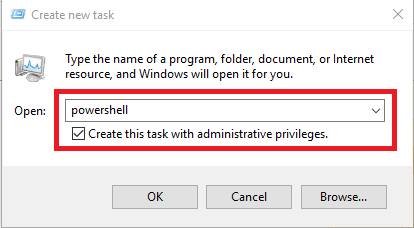
2. Once you're in PowerShell as an admin, type or copy/paste the following command and hit enter:
Get-AppxPackage -allusers | foreach {Add-AppxPackage -register "$($_.InstallLocation)\appxmanifest.xml" -DisableDevelopmentMode}

The command will likely take a few minutes to run. If you see any error messages don't worry about them too much. While they could be reflective of some potential corruption in Windows, it could also just be that certain resources are currently in use. Once the command finishes running, restart your computer and see if the issues have been fixed.